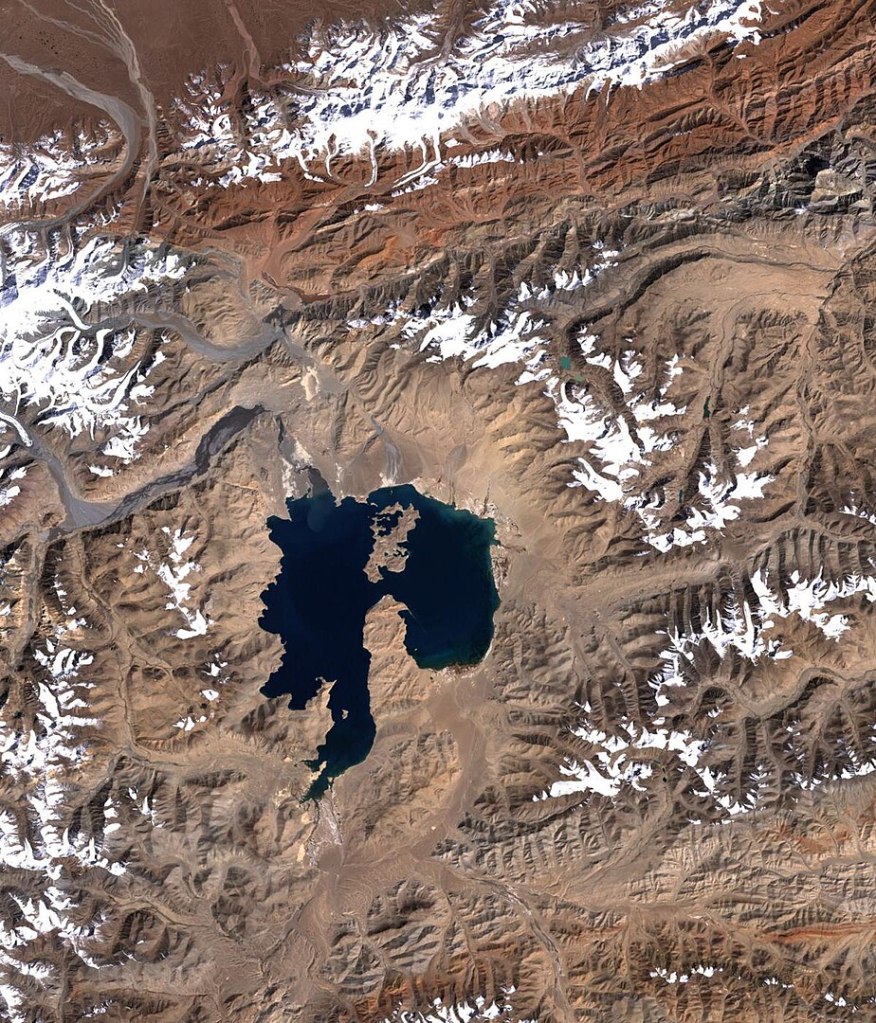
By Anders Lorenzen
Tajikistan, the central Asian country nestled between Afghanistan and China, has big plans for the future of energy.
The country, with a population of nearly ten million, gained independence with the dissolution of the USSR in 1991. And it is positioning itself as a big hydrogen production player. It aims to reduce reliance on Russian energy imports, arguing that due to its large hydropower production, it is well-positioned to meet the requirements for producing green hydrogen.
As 70% of the country’s population lives in rural areas, expanding energy production is a key priority for the government. And it has set the ambitious target of producing one million metric tons of green hydrogen by 2040. This would be for domestic use, but with such high production levels, there would be more than enough to export to neighbouring countries, according to Tajikistan’s Minister of Energy and Water Resources, Daler Juma.
Renewable energy targets
Daler Juma added that by 2030, the country is planning to have ten gigawatts (GW) of renewable energy installed, critical to their roadmap of ensuring it is classified as green hydrogen.
Nearly all of the electricity generated in Tajikistan is hydropower, though the bulk of its oil is imported from Russia.
By 2030 the central Asian country plans to produce 500,000 tons of green hydrogen and aims to double the amount by 2040.
Climate impacts
In Tajikistan, the impacts of climate change are easy to see and, ironically, would impact the production of the low-carbon energy source and its main energy source; hydropower. Due to climate impacts in the country, all of its glaciers are melting rapidly. This will negatively impact the viability of hydropower, due to diminishing meltwater washing into its river systems. Therefore, it is critical for the country to diversify its energy sources, hence the target of producing 10% from non-hydro sources such as solar and wind by 2030.
Little info has been shared by Tajikistan’s government on how they manage to achieve their ambitious green hydrogen production targets. Nor is there any info on establishing a solar and wind industry in the country.
To date, Tajikistan has no known commercial or governmental established solar or wind projects either in planning, construction or completed phases, but its large solar radiation and rugged mountainous landscape make it a good candidate for both technologies.
2 replies »